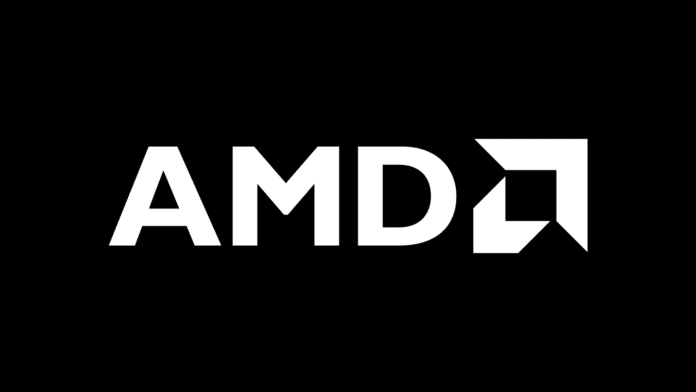Nvidia usually comes under the scanner for their dubious business practices, but as it turns out, AMD’s not entirely innocent. Team Red recently settled a class-action lawsuit against it for 12.5 million dollars. The suit was with regards to misleading advertising about their Bulldozer processor line. The class-action suit won’t be taken to court now, but AMD still has to shell out 12.5 million dollars to Bulldozer owners and to lawyers. It appears as if the lawyers are the real winners here: the law firms behind the class action suit get to keep 30 percent of the proceeds.

Bulldozer owners are eligible for a payment of $35 dollars for their trouble. This isn’t automatically credited. They have to go and claim it. And honestly, is anyone going to go to so much trouble for $35?
What exactly is the lawsuit about? Well, let’s go back in history. There’s a reason you’re hearing so much praise for AMD’s Ryzen processors. It’s not only because they’re good in their own right and finally offer viable competition for Intel. It’s because their predecessors were downright horrible.
With the Bulldozer architecture, AMD bet big on a wider architecture with multiple cores. This was back in 2011, still early days for multithreaded games. As a matter of fact, Intel doggedly stuck to four cores for consumer parts as late as its 7th Gen Kaby Lake series: The Core i7-7700K offered four physical cores and eight threads, the same as the Sandy Bridge i7-2770K.

With Bulldozer and the FX 8xxx series, AMD released what it described as the first “eight-core” consumer processor. The trouble here is that Bulldozer doesn’t actually have eight cores. A full “eight-core” Bulldozer CPU features 4 modules, each of which has two CPU cores. The trouble here is that the cores in a module share several resources, including the single floating
Eight core or not, Bulldozer and Piledriver were terrible CPU architectures. They ran hot and performed worse than the i3s. What’s the point of having an eight-core processor if it’s handily beaten by your competition’s dual-core budget parts?
Further Reading:


